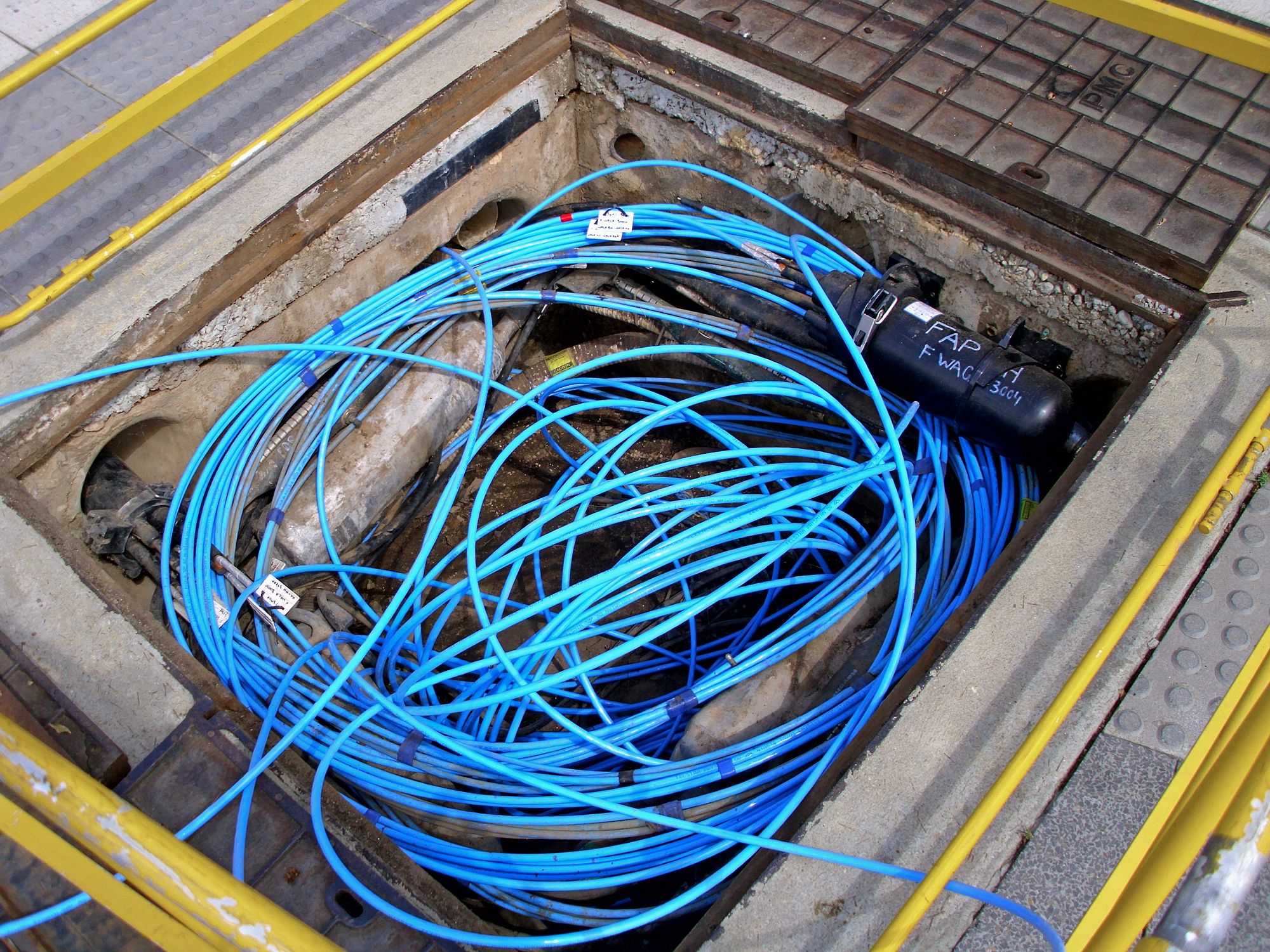BufferBloat
Bufferbloat is the undesirable latency that comes from a router or other network equipment buffering too much data. It is a huge drag on Internet performance created, ironically, by previous attempts to make it work better. The one-sentence summary is “Bloated buffers lead to network-crippling latency spikes and packet loss.”
Packets on the Highway
To fix bufferbloat, you first have to understand it. Start by imagining vehicles traveling down an imaginary road. They’re trying to get from one end to the other as fast as possible, so they travel nearly bumper to bumper at the road’s highest safe speed.
Three Cures and a Blind Alley
Now that we understand the bufferbloat problem, what can we do about it?
We can start by understanding how we got into this mess; mainly, by equating “The data must get through!” with zero packet loss.

From Highway to Network
Now imagine a huge network of roads and highways, each with parking lots at their intersections. Cars trying to get through will experience multiple cascading delays, and initially smooth traffic will become clumpy and chaotic.
The Stakes Are High
Those of us who have been studying bufferbloat believe that many of the problems now attributed to under-capacity and bandwidth hogging are actually symptoms of bufferbloat. We think fixing the bufferbloat problem may well make many contentious arguments about usage metering, bandwidth caps, and tiered pricing unnecessary.